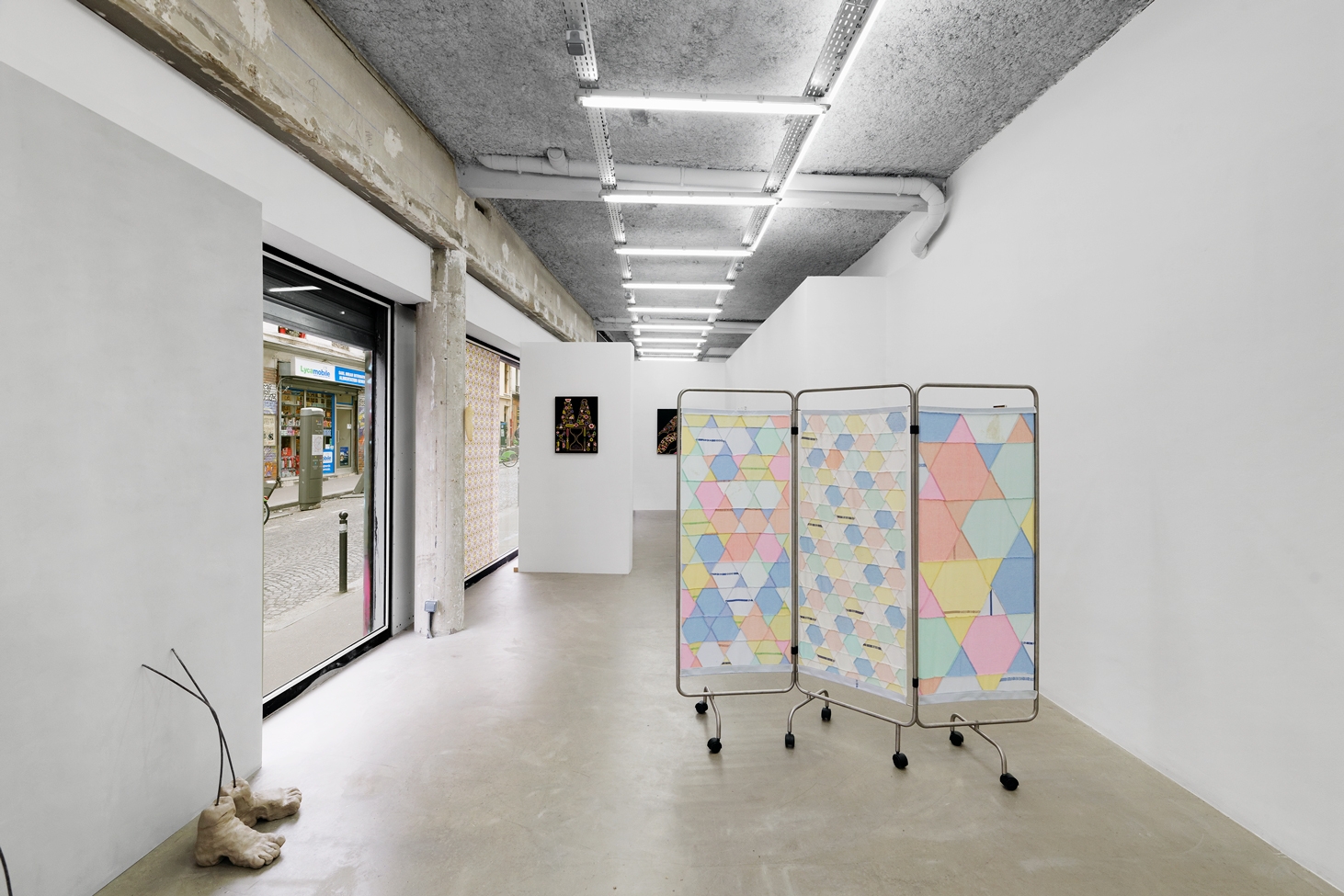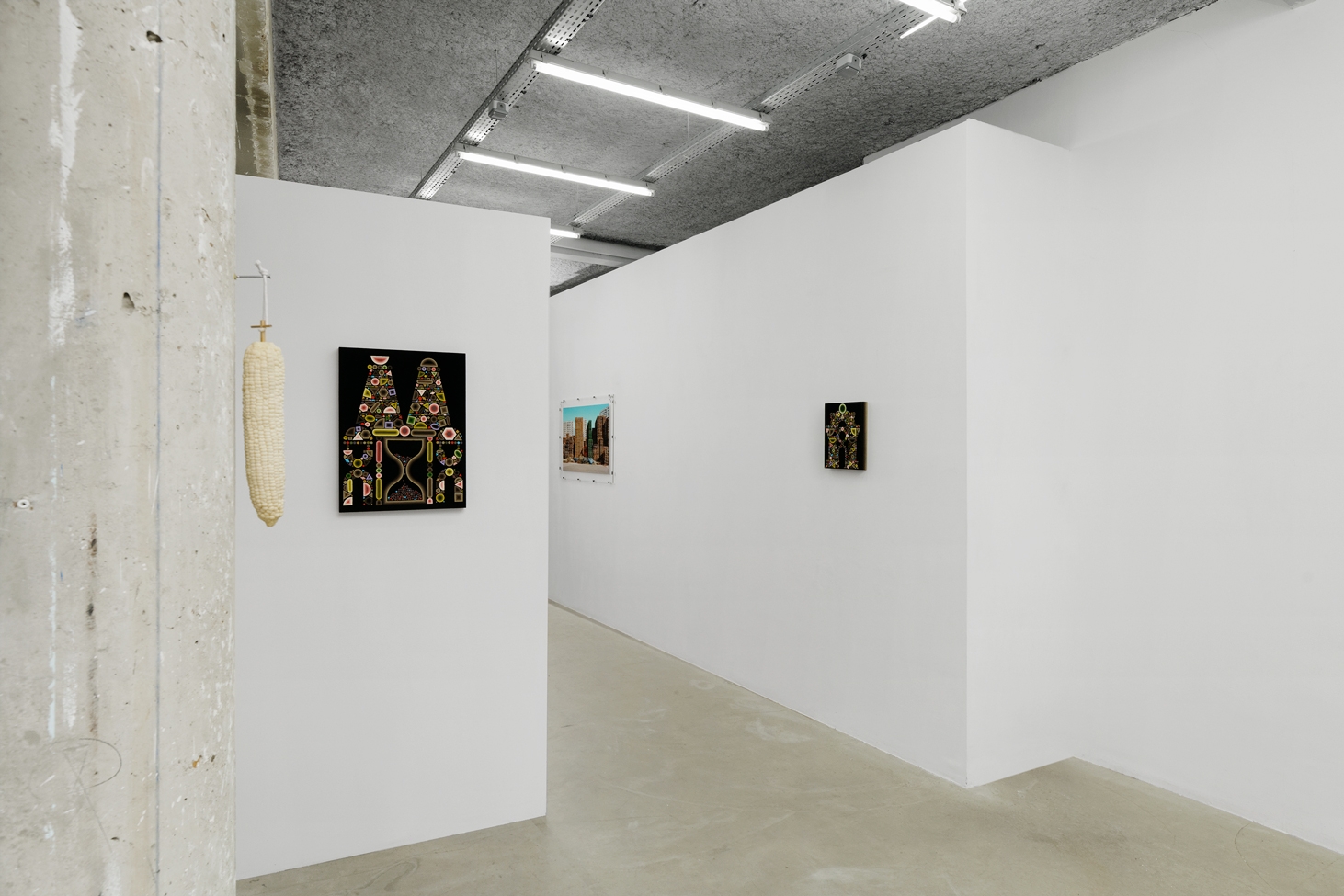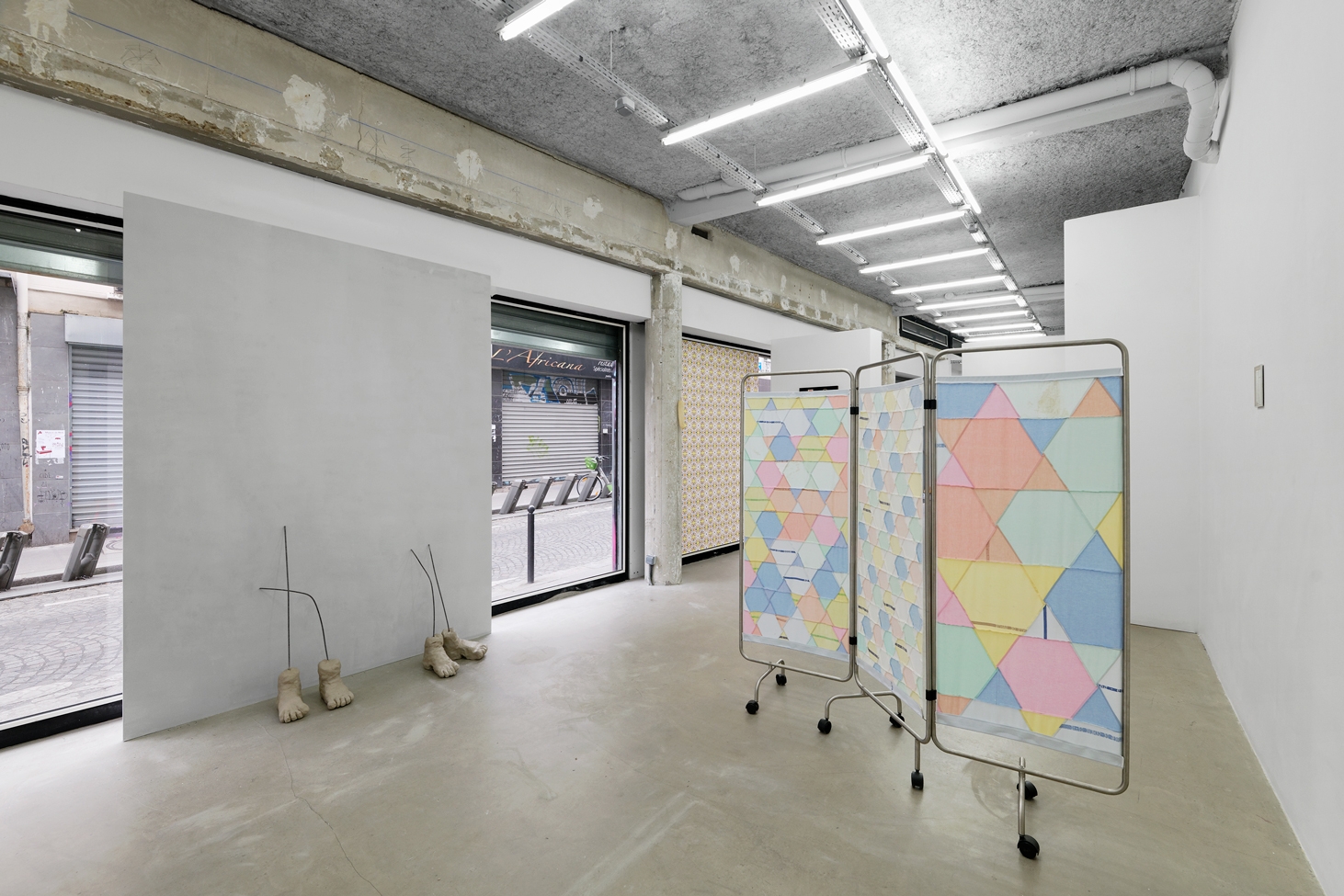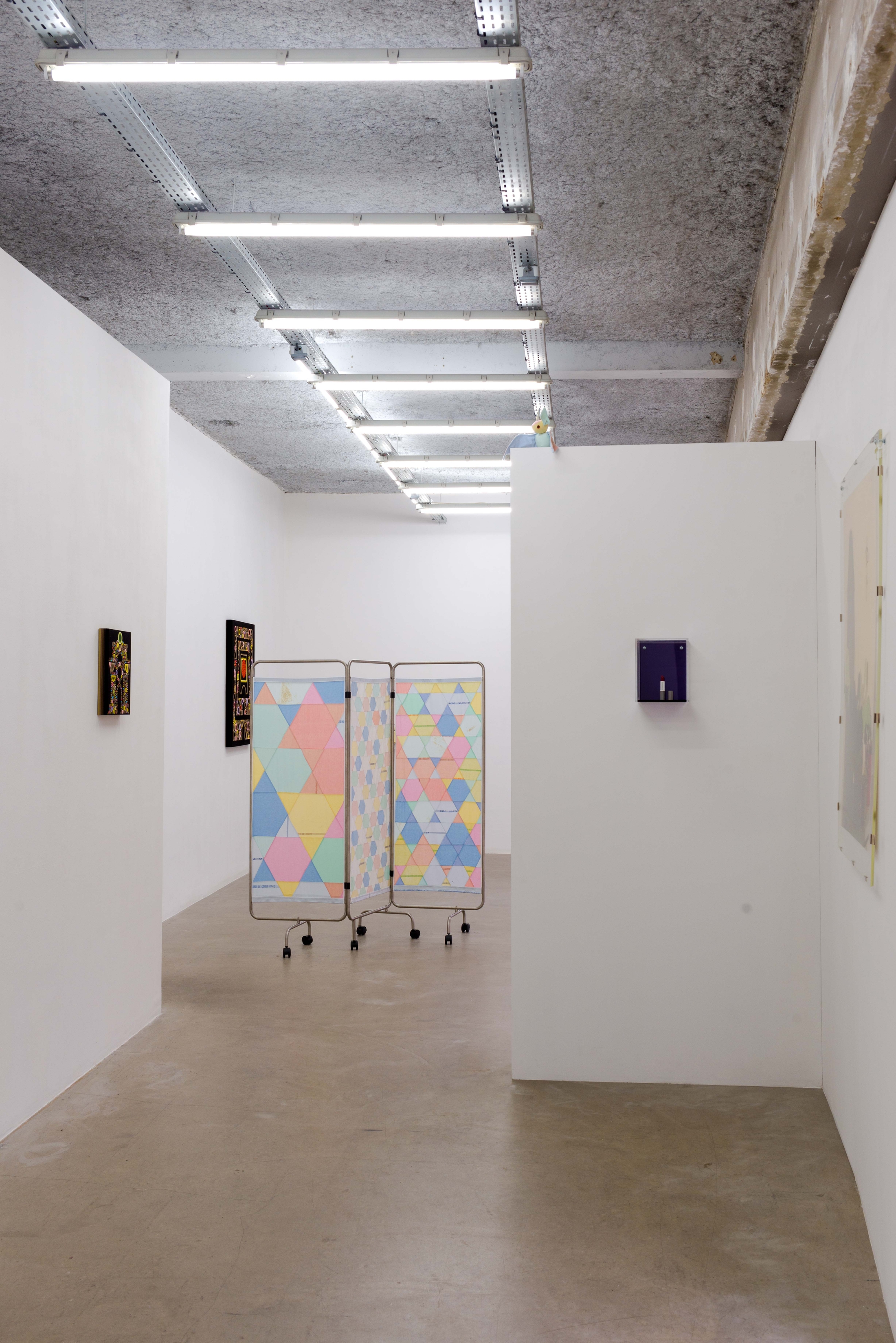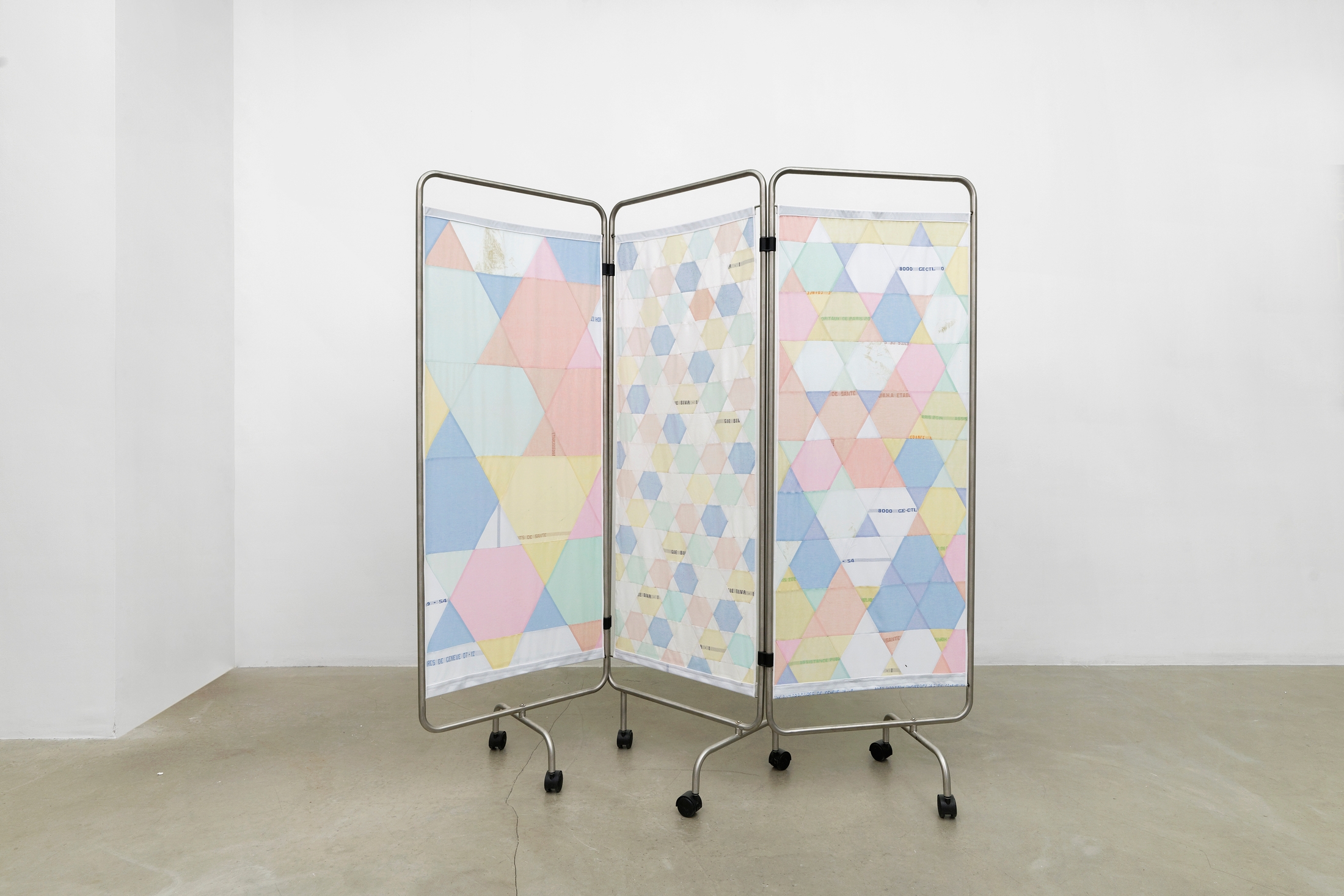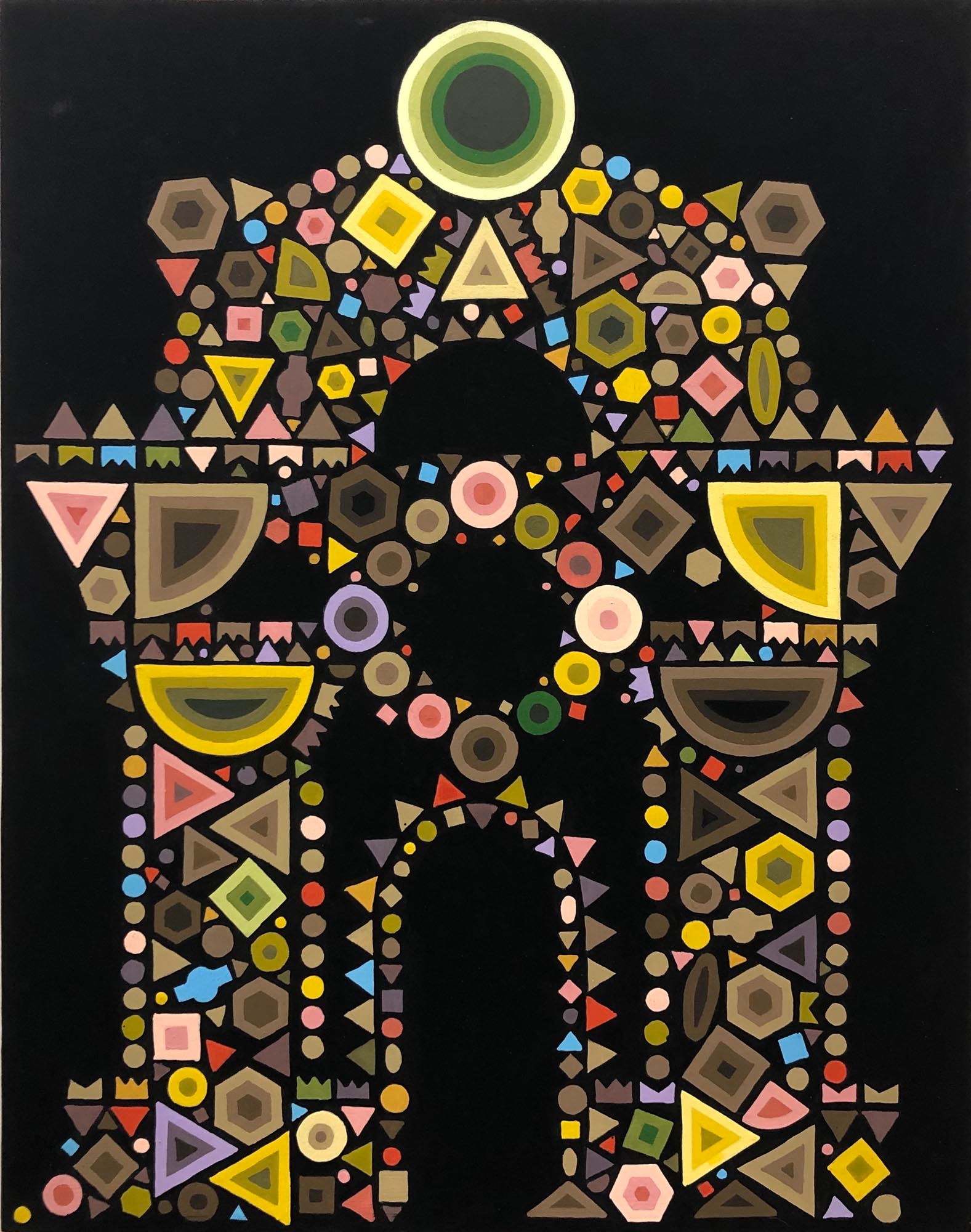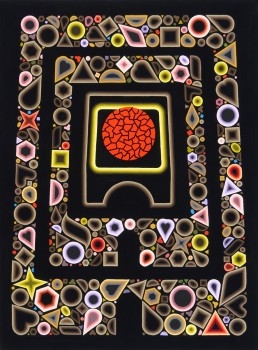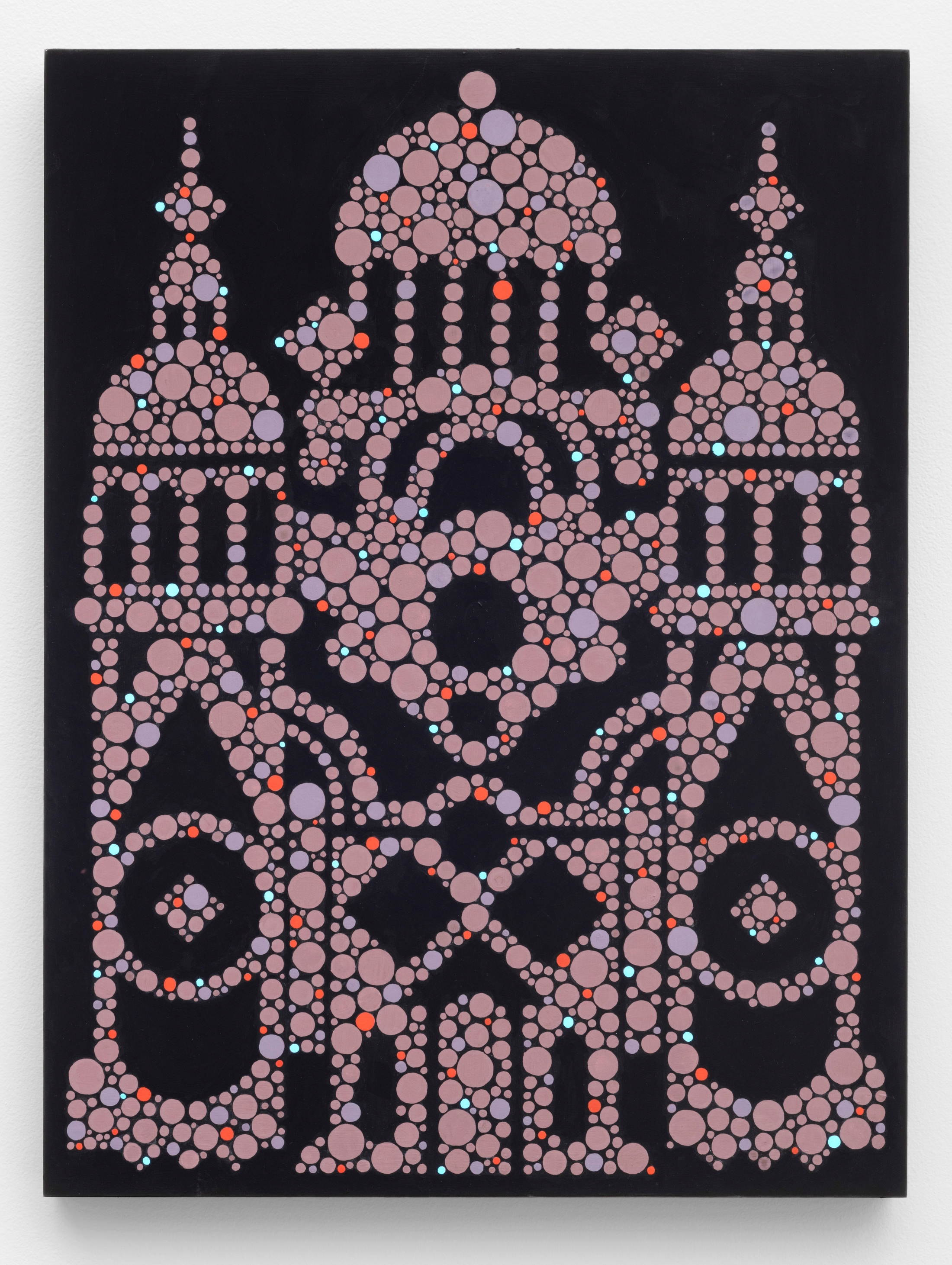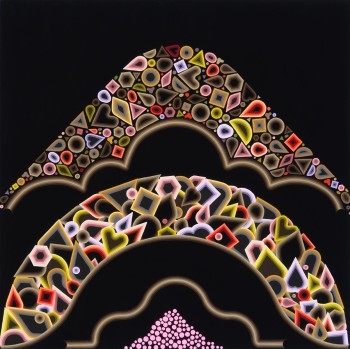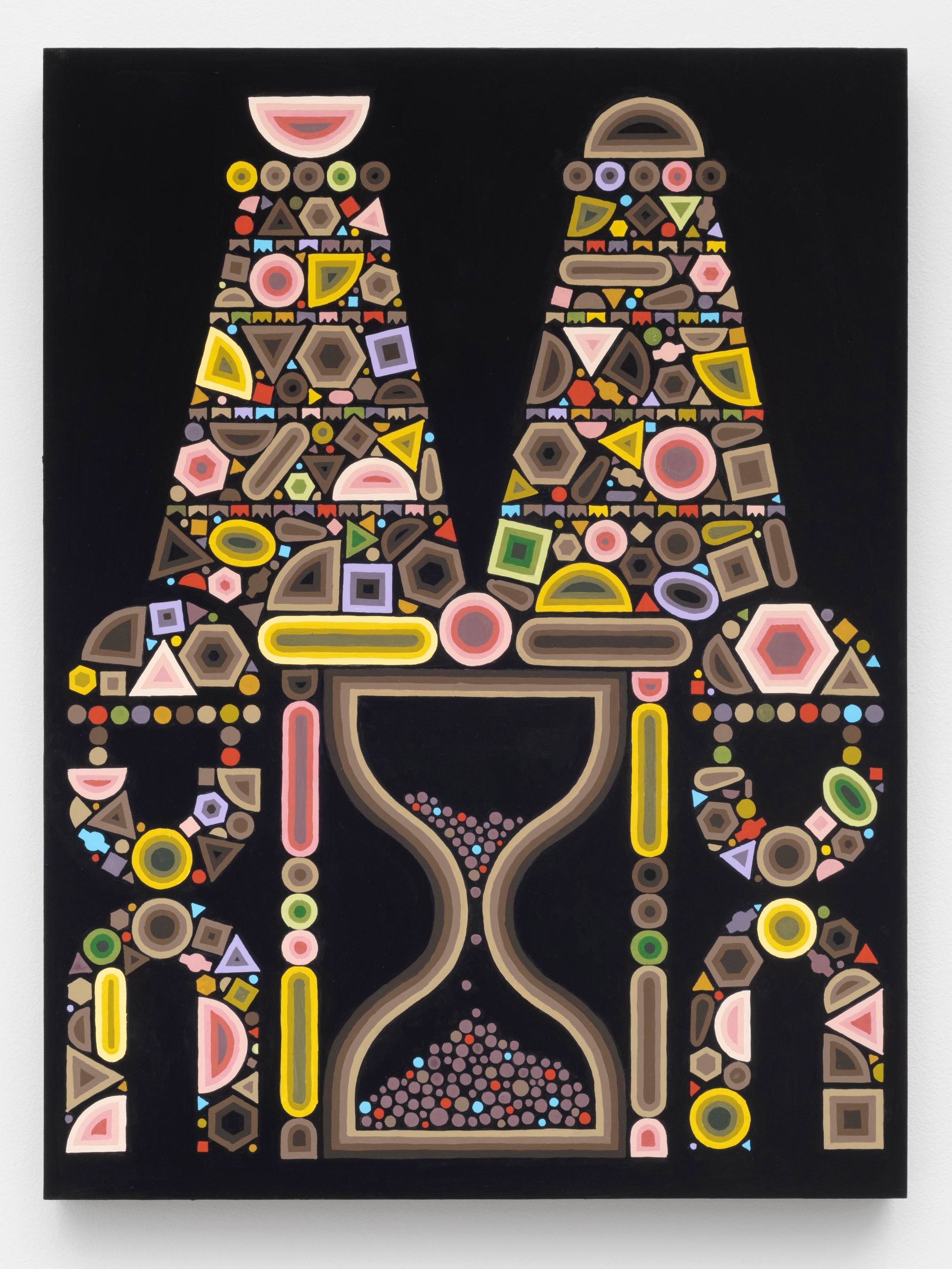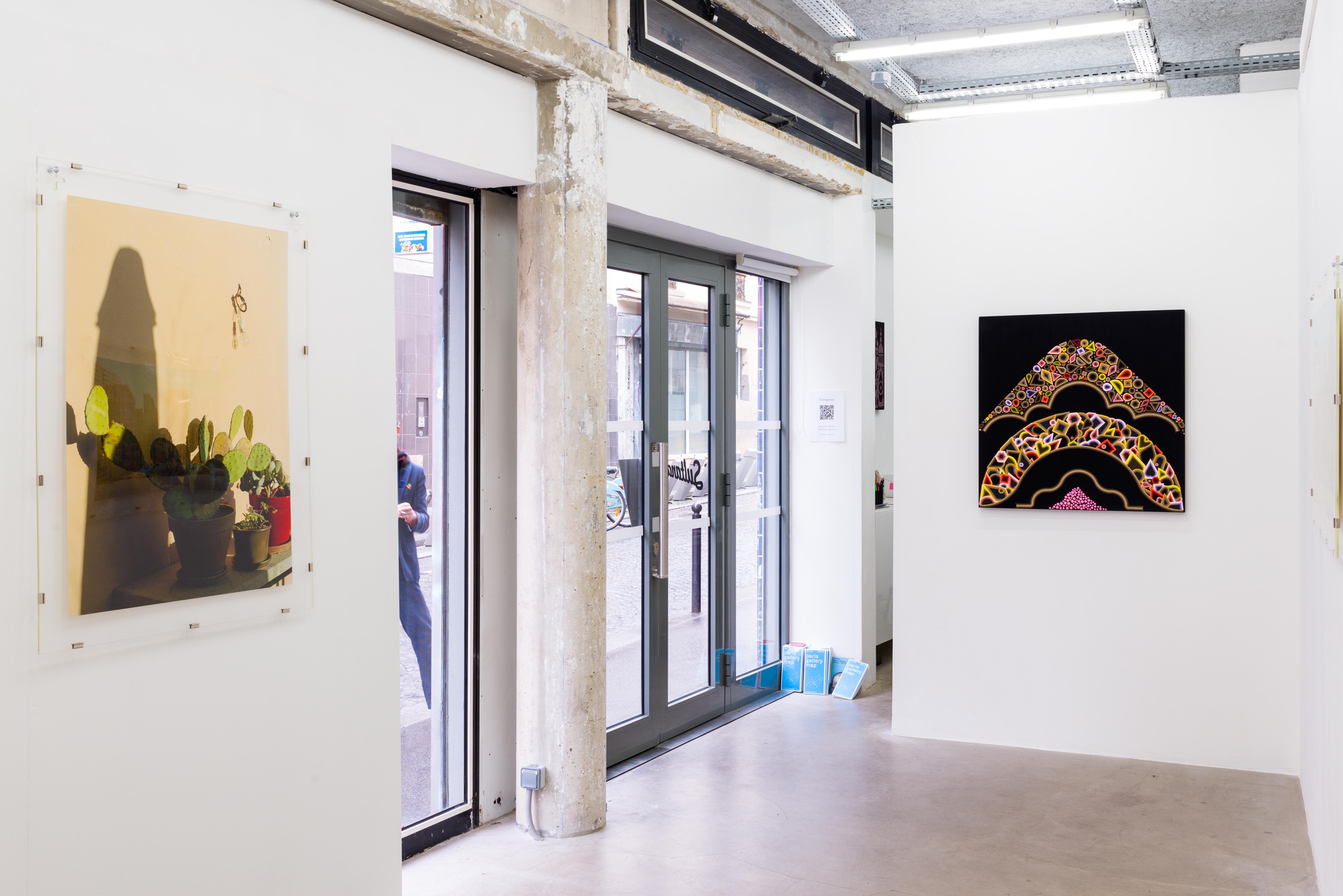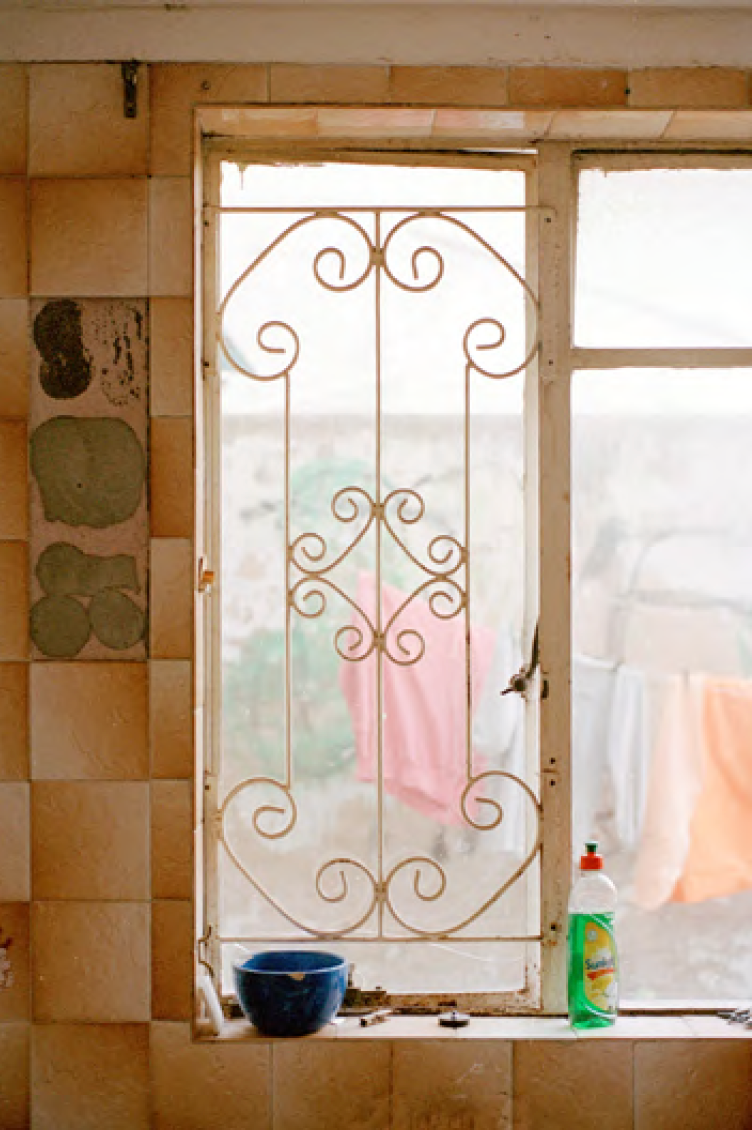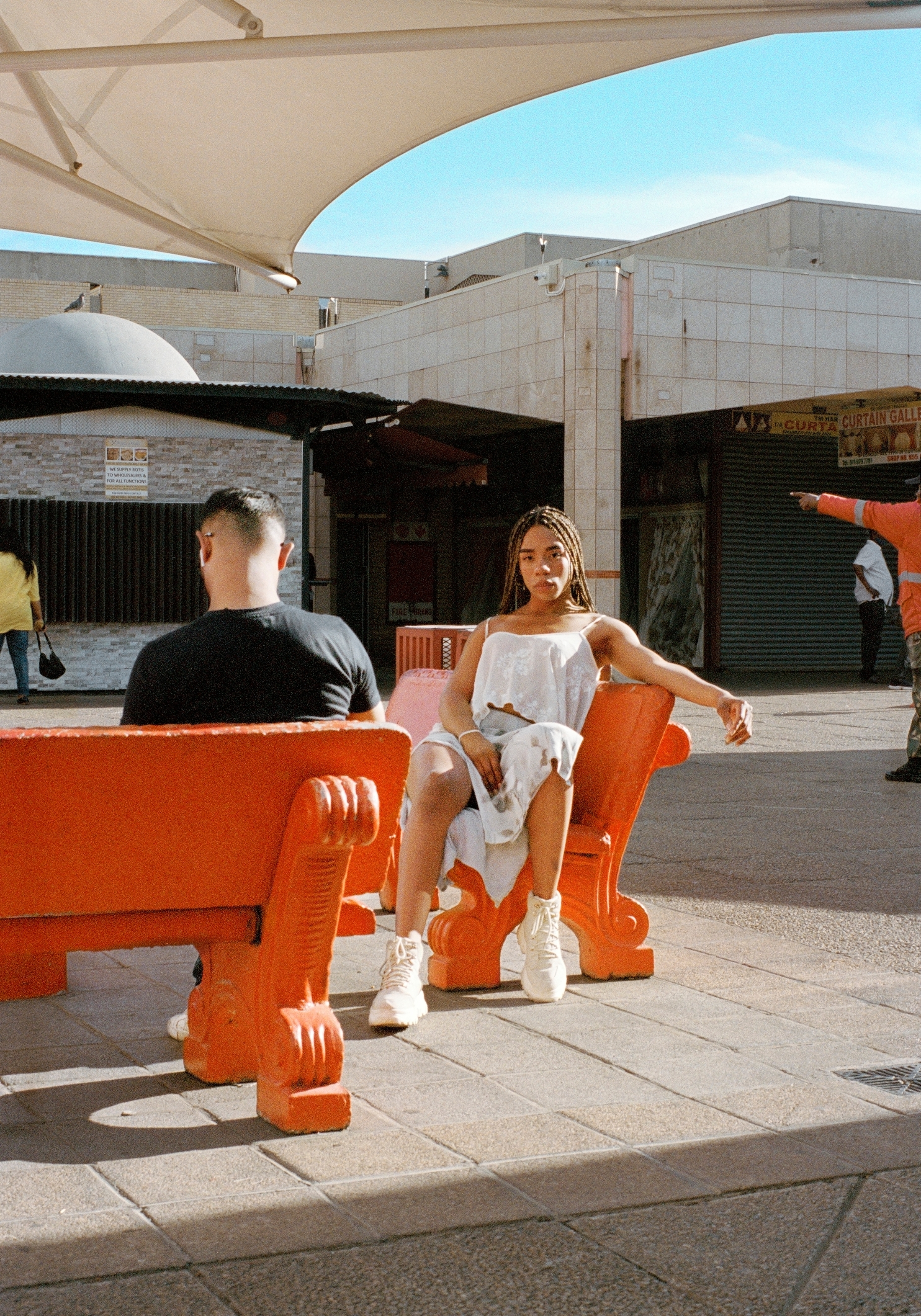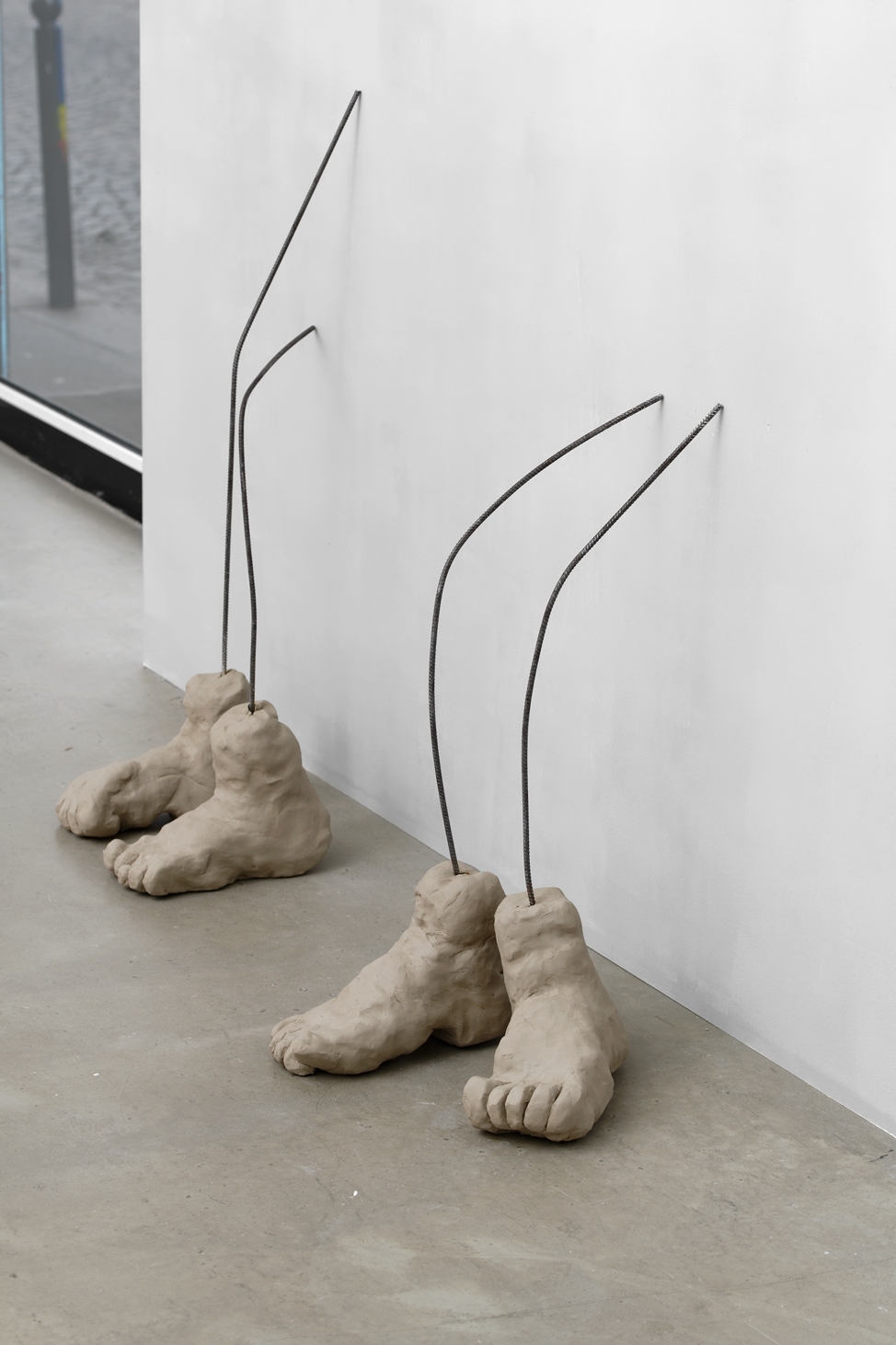Jesse Darling, Edie Fake, Benoît Piéron, Robin Plus
“Cottagecore”
The home—as Carmen Maria Machado writes in her 2019 memoir In the Dream House, a queer love story gone rogue—“is never apolitical. It is conceived, constructed, occupied, and policed by people with power, needs, and fears.” During the height of the pandemic, the Cottagecore lifestyle spoke to the needs and fears of many people sheltering in place, its leisurely diversions marking a brief interruption (if only by force of circumstance) in the status quo of relentless productivity. While Cottagecore has been criticized for circulating images of nostalgia and for romanticizing traditionally gendered tasks like baking and gardening, the pastoral aesthetic garnered enthusiasts, the LGBTQ+ community amongst them. The group exhibition “Cottagecore” obliquely explores this cultural phenomenon and its fetishism of domesticity, craft, and agrestic greenery, exploring the convergence of space and identity through a queer lens.
The artists selected here play with Cottagecore tropes to varying degrees. Jesse Darling’s We Tried, 2019, plunges steel rods (typically used to reinforce concrete) into blocky feet of white clay; the sculpture isn’t Cottagecore, though it shares its malaise with the contemporary built environment. Edie Fake’s candy-colored gouaches resemble mosaics against jet-black backgrounds: compositions of sheer reverie, not habitability. Meanwhile, Benoît Piéron’s relationship to interiors is informed by experiences of childhood illness and repeated hospital stays. In Paravent, 2022, a pallid patchwork of repurposed hospital sheets is inset within a clinical “privacy screen”—too insubstantial to offer any genuine seclusion—while the wallpaper panel Baldosas Inmaculadas, 2012-2022, slyly merges medical iconography and decorative patterning in the style of William Morris, who a century and a half ago advanced artisanal handicraft as a corrective to the alienation of industrial labor. Cottagecore's critique of modernity, while substantive, also has its limits as a trend, which—considered from this later moment in the pandemic—already seems like a relic of a bygone age.
— Sarah Moroz

